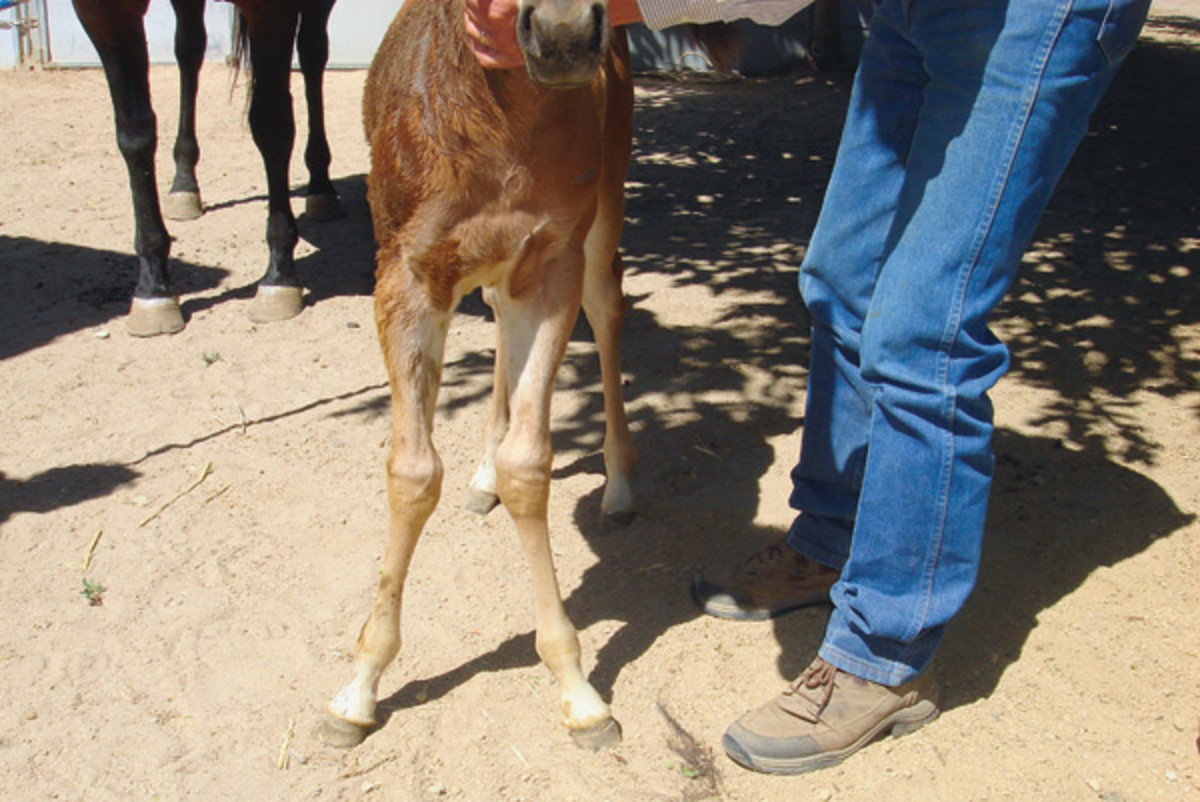
I’m writing this article at the end of another mare breeding season (in June). I am annually and perennially reminded during the course of the season the problems that can arise because owners, even experienced horse people, don’t appreciate the subtleties involved in breeding mares with our evolved systems and their expectations.
Historically, mares ran in bands with a stallion and nature took its course. Horses mated at the appropriate time relative to ovulation, which is the critical factor in establishing a pregnancy. Other than with some ranches, mares are now often bred via artificial insemination.
That means that people (not horses) decide when the mare is to be bred. People have decided they want to breed a mare earlier in the year than the normal breeding season, because of the advantage of an early foal for the juvenile events they may have scheduled. The mare may also be being bred to a stallion that’s halfway across the country, so the timing of calling for semen to be shipped is problematic.
With these few examples in mind, one asks, “How are we going to have success?” Veterinarians are called upon to evaluate the status of the mare’s reproductive cycle and make the decision of when the mare is to be inseminated. This process involves palpation and ultrasound imaging of the mare’s reproductive tract per rectum.
Believe me, mares are not 100 percent predictable as to ovulation time. Cost factors for the examinations, plus the cost of shipping semen from several states away (averaging about $350 per shipment) can add up in a hurry. With all the things being done properly, meaning your timing is right, statistics show one can expect no more than a 60-percent success rate per cycle.
Another factor I would very much like to mention is the age of the mare, and whether or not she has been having pregnancies. A common scenario I see is an owner decides to breed a mare for the first time when she’s, say, 15 years old or so. The old saying, “Use it or lose it” comes to mind here. I’m not implying it won’t work, but please accept the fact that you must lower your expectations relative to that of breeding a 5- or 6-year-old maiden.
There are other negatives, such as pregnancy loss, dystocias and abnormalities of the resultant foal to deal with. I don’t want to leave you thinking you’re never going to have a mare bred, because usually things work out fine. I just think it’s better for everyone to be aware of reality and accept the fact that there are no certainties.










